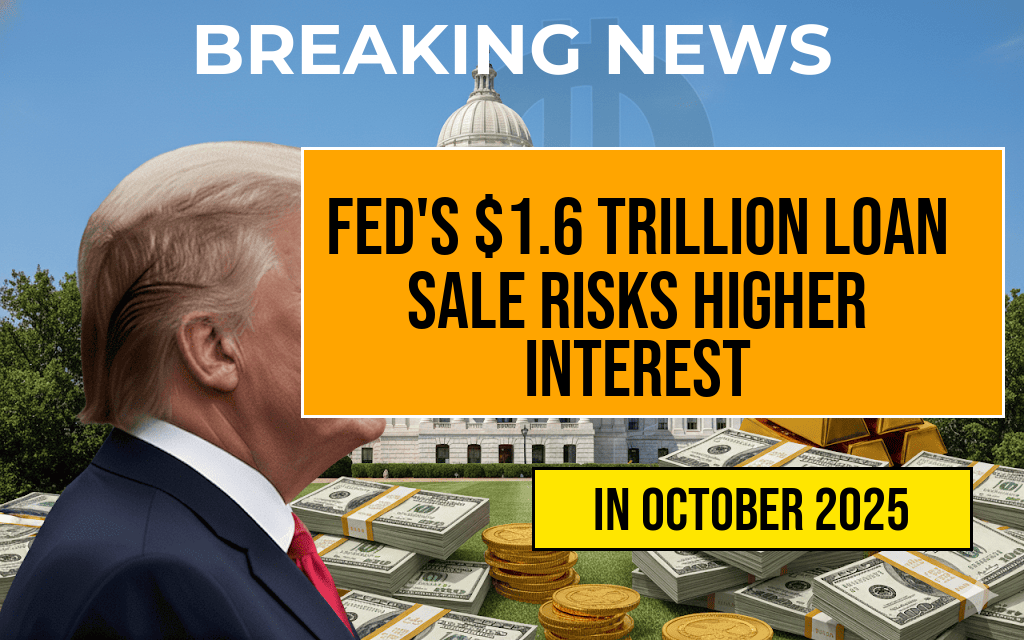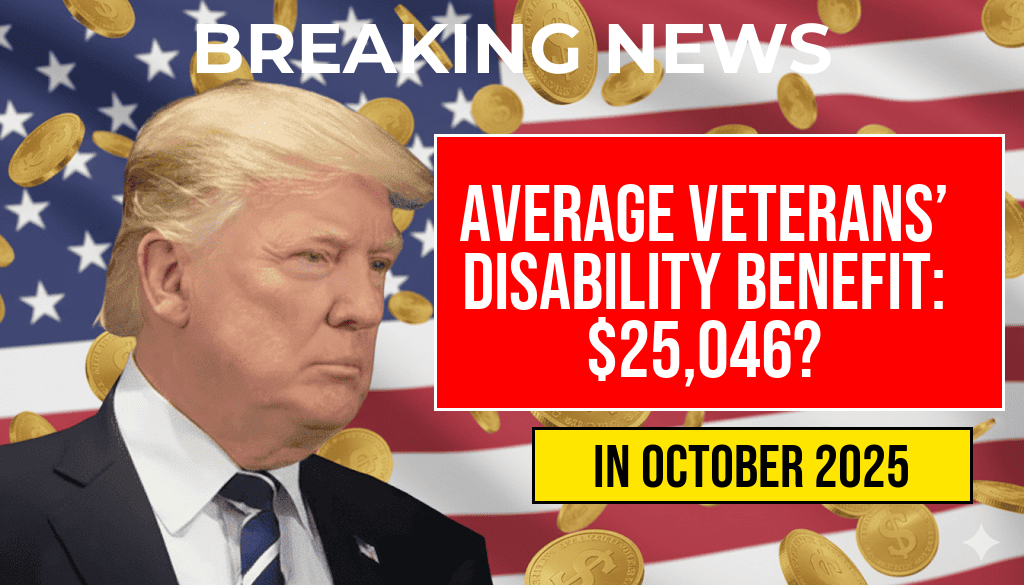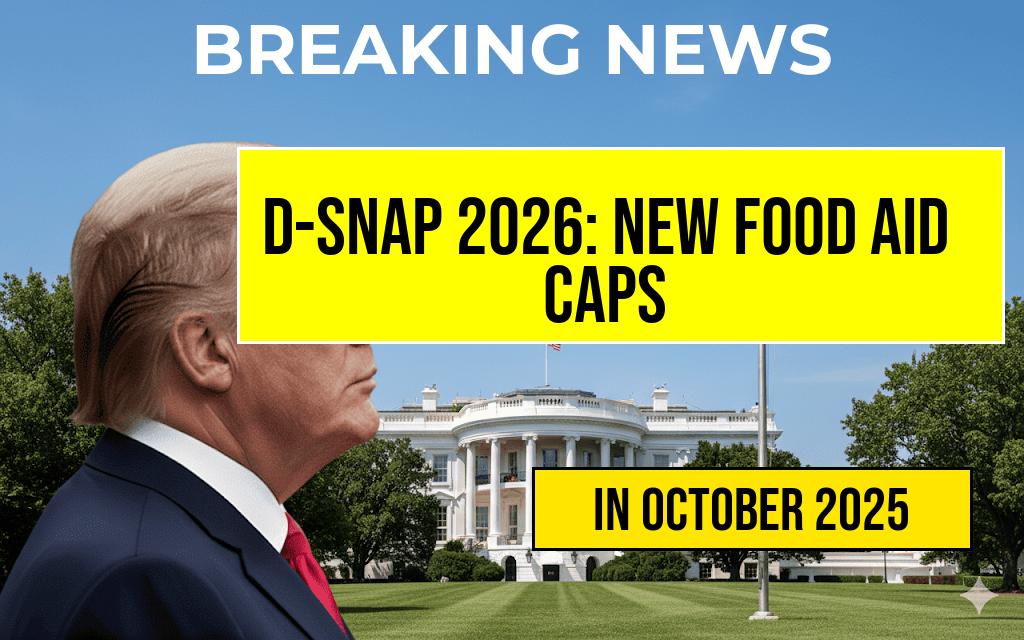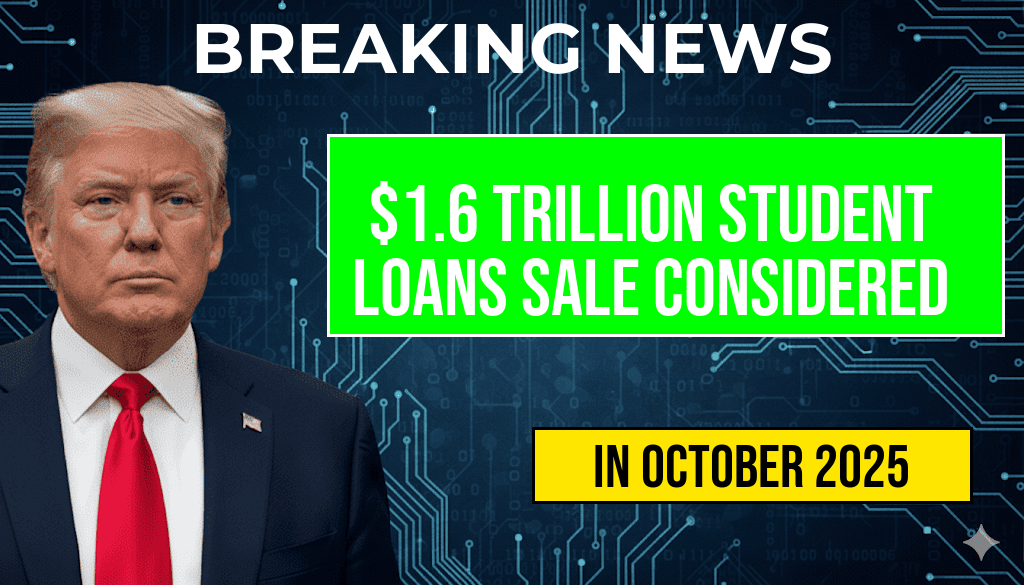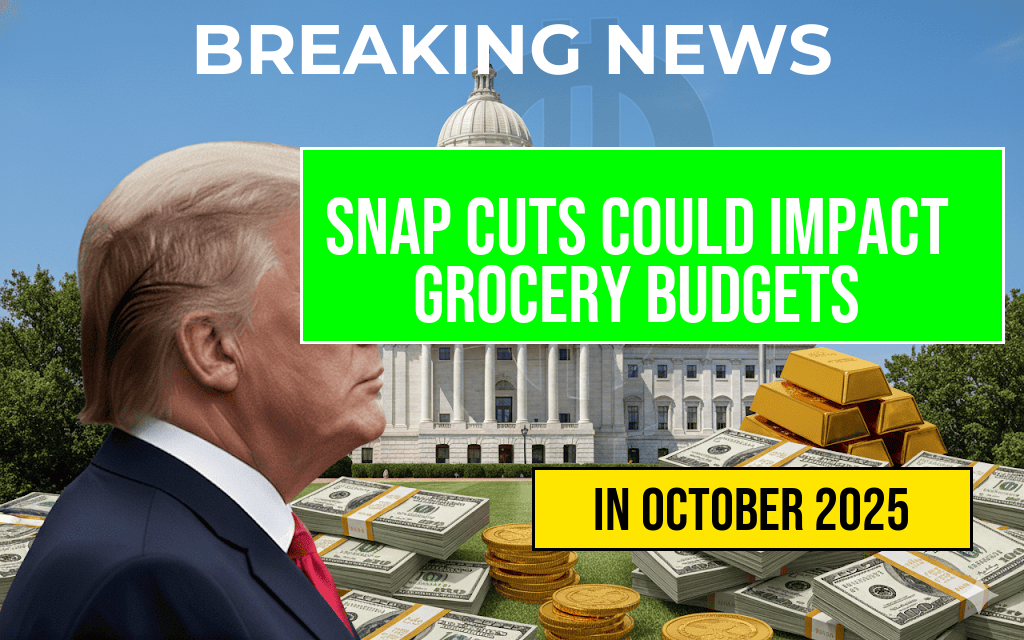The Federal Reserve plans to sell approximately $1.6 trillion in loans, a move that could significantly impact the nation’s economy and individual borrowers alike. As the central bank navigates the complexities of monetary policy amid rising inflation and interest rates, concerns have emerged regarding the potential increase in annual interest costs. Analysts warn that the sale of these loans could lead to higher borrowing expenses for consumers and businesses, complicating the already delicate balance of economic recovery. With the Fed’s balance sheet shrinking, observers are keenly watching how this decision will ripple through various sectors, from housing to small business financing, and the broader implications it might hold for the U.S. economy.
Understanding the Federal Reserve’s Loan Portfolio
The Federal Reserve’s loan portfolio consists of various assets acquired during periods of economic stress, particularly during and after the 2008 financial crisis. These loans were designed to stabilize the banking system and provide liquidity to the market. As the economy has shown signs of recovery, the Fed has been contemplating reducing its balance sheet, which peaked at around $9 trillion.
The Mechanics of Loan Sales
Selling $1.6 trillion in loans involves transferring a significant amount of financial assets back to the market. The Fed typically sells loans to private investors, banks, or other financial institutions. This process, however, is not without risks. The immediate concern is that as the Fed offloads these loans, it could lead to a tightening of credit conditions, making it more expensive for consumers and businesses to borrow money.
Potential Impacts on Interest Rates
Market analysts predict that the sale of these loans could lead to higher interest rates for several reasons:
- Supply and Demand Dynamics: The influx of loans into the market may initially lower prices, but as demand fluctuates, interest rates could rise to attract buyers.
- Increased Borrowing Costs: As the Fed reduces its involvement in the credit markets, lenders may raise rates to compensate for perceived risks associated with less liquidity.
- Inflation Concerns: With inflation already a pressing issue, higher interest rates could further exacerbate the cost of living for consumers.
Economic Ramifications
The potential rise in interest rates has significant implications for various sectors:
- Housing Market: Higher mortgage rates could cool off the housing market, making it less affordable for first-time buyers.
- Small Business Lending: Increased borrowing costs could deter small businesses from taking out loans for expansion or operational needs, stunting growth.
- Consumer Spending: As personal loan and credit card interest rates rise, consumers may cut back on spending, which is a crucial component of economic growth.
| Sector | Current Rate (%) | Projected Increase (%) |
|---|---|---|
| Mortgage Rates | 3.5 | 0.5 – 1.0 |
| Small Business Loans | 5.0 | 0.75 – 1.5 |
| Credit Cards | 16.0 | 0.5 – 1.0 |
Expert Opinions on the Fed’s Strategy
Economists and financial analysts are divided on the Fed’s decision to sell these loans. Some argue that reducing the balance sheet is a necessary step in normalizing monetary policy and preventing future inflation. Others caution that the timing might be off, given current economic uncertainties.
“The Fed needs to tread carefully,” says Dr. Emily White, a senior economist at the Brookings Institution. “While offloading these loans could eventually stabilize the economy, the immediate effects might strain consumers and businesses.”
Conclusion
The Federal Reserve’s plan to sell $1.6 trillion in loans is a bold step towards normalizing its balance sheet, but it carries significant risks that could lead to increased interest costs. As the economy grapples with inflation and rising rates, stakeholders across various sectors will be watching closely to assess the long-term implications of this decision. The coming months will be crucial in determining whether this strategy leads to a stable economic environment or exacerbates the challenges facing consumers and businesses.
For more information, you can visit Forbes or Wikipedia to learn more about the Federal Reserve’s operations.
Frequently Asked Questions
What is the significance of the Federal Reserve selling $1.6 trillion in loans?
The Federal Reserve selling $1.6 trillion in loans could significantly impact the financial market and lead to increased interest costs for borrowers.
How might this sale affect annual interest costs?
The sale of loans by the Federal Reserve could result in a rise in interest rates, potentially costing borrowers hundreds more annually due to higher borrowing costs.
Who will be affected by the increased interest costs?
Both consumers and businesses may face higher interest expenses, as the increased rates could trickle down to loans and credit lines they utilize.
What are the potential implications for the economy?
Higher interest rates may slow down economic growth by discouraging borrowing and spending, which could have broader implications for the overall economy.
Is there a way to mitigate the impact of these increased costs?
Borrowers may consider refinancing their loans or exploring fixed-rate options to lock in lower rates before potential increases occur.

